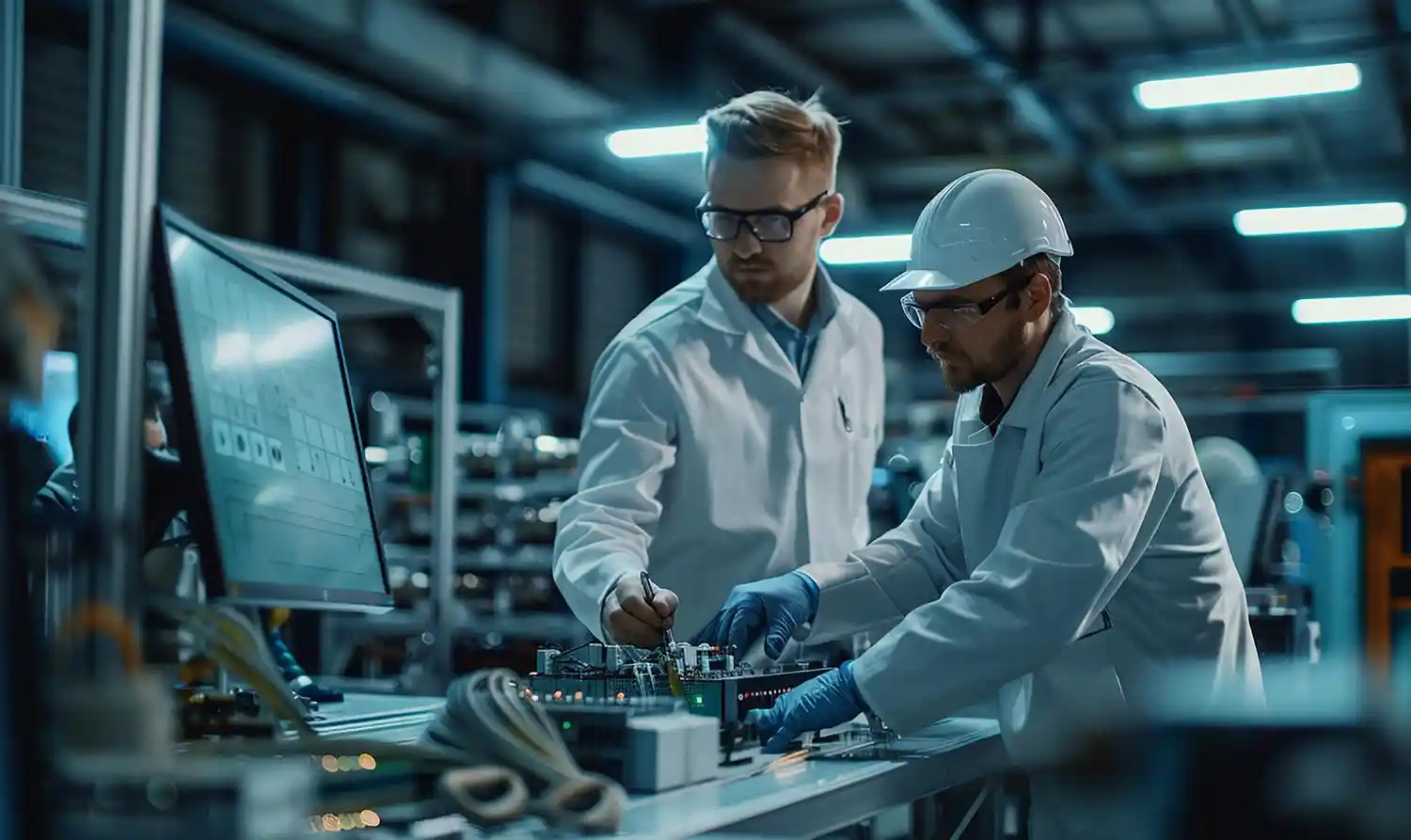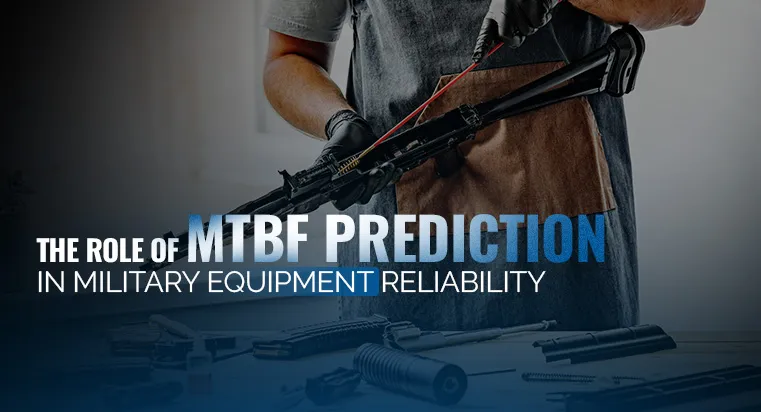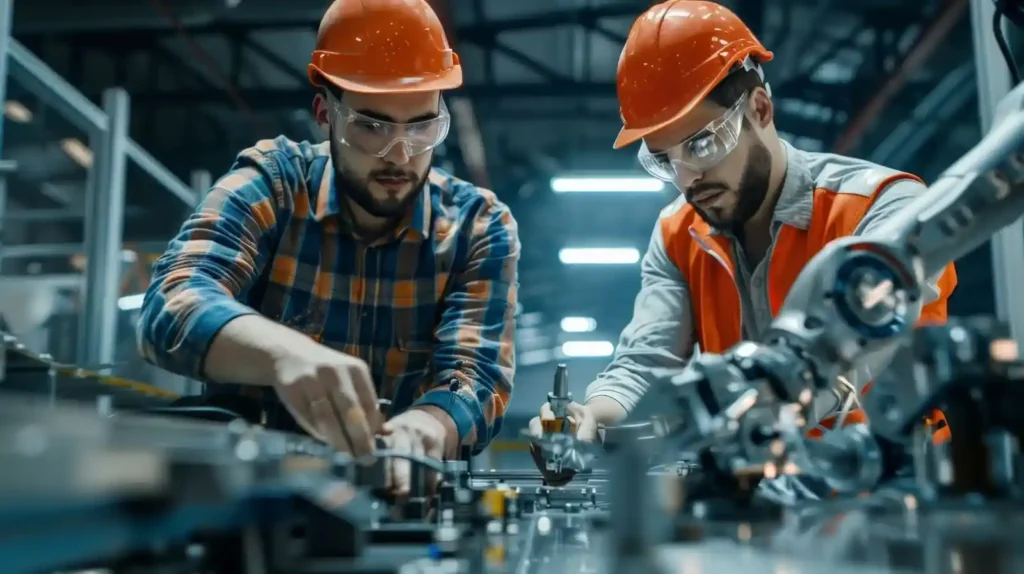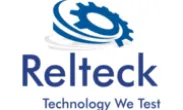Reliability Testing for Renewable Energy Equipment in 2024.
Never before have we consumed as much of the renewable resources as we are doing now.
Today, solar panels on rooftops, wind turbines on farms, and biomass systems on organic waste have become popular. Due to the high demand for these technologies, there is a question of reliability. In other words, is what is being sold in the market satisfactory?
The best systems for renewable energy are not always reliable if they have not been tested well. Leading to poor performance, risk and other costly damages.
This blog will explain why reliability testing is important, how it supports performance, and the new approaches that are being taken to guarantee the reliability and stability of clean energy.
Let’s take a closer look.
What is Reliability Testing?

In simple terms, reliability testing tries to determine how long the technology will last. This performance is computed across various parameters, including time, and across varying weather conditions. In other words, renewable energy equipment should be put through the right amount of stress testing so that the consumer will get the best product.
What is the Significance of Reliability Testing?

Safety: This prevents any mishap that may occur due to the equipment’s malfunction, thus protecting the workers and the environment. For instance, a faulty wind turbine may be a threat to the lives of people living nearby.
Performance: Through reliability testing, one is sure that systems such as solar panels will deliver the expected power output. For instance, if a solar panel is put on the market and after one year of usage, it starts losing its efficiency, then the renewable energy equipment isn’t worthy of investment for homeowners. And if this happens consistently and becomes a norm, the market will start losing patience. Eventually, the end user might stop trusting the entire market of renewable energy equipment. Solar panel reliability testing is of utmost importance not just from the quality point of view but also from the marketing point of view.
Cost Efficiency: As a result, reliability testing can minimize the expenses for maintenance and extend the service life of equipment. Solar panels are installed and then they start to require frequent repairs testing helps to prevent such situations.
Regulatory Compliance: Most of the countries have laid down several policies regarding renewable energy technologies. The reliability testing plays a great role in ensuring that manufacturers meet these standards which in turn may influence the ability of the manufacturers to market their products in different markets.
But before we move on. We have an important announcement to make. Relteck is one of the promising names in Reliability testing. In fact, under reliability testing, we offer the following services:
- HALT/HASS Testing: It catches the product weaknesses early in the development phase.
- Environmental & Mechanical Testing: This is the shock testing of the products under simulated hard conditions. So that they can withstand environmental stresses.
- Reliability Consulting: And the consulting services to optimize product design and manufacturing processes for longevity.
And if this is something you’re interested to find more about, than click here.
Renewable Energy Equipment
Understanding the different types of renewable energy equipment is essential for grasping how reliability testing applies:
Solar Panels
The most basic definition of solar panels is that they use sunlight to produce electricity. The main types include:
- Monocrystalline Silicon Panels: Compact, very efficient, perfect for use in cities.
- Polycrystalline Silicon Panels: These are cheap but not as efficient as the former and are recommended for large scale use.
- Thin-Film Solar Panels: Usually small and portable, used in applications such as solar chargers.
Wind Turbines
Wind turbines are a device that converts wind energy into mechanical energy. They consist of:
- Rotor Blades: These capture wind energy.
- Nacelle: This contains the generator and mechanical systems of the structure.
- Tower: This increases the turbine to capture the faster wind speeds.
Hydropower Systems
Hydropower systems are those which uses motion in water to produce electricity. Two common types are:
- Run-of-the-River Systems: These systems store water from rivers, which make them friendly to the environment.
- Reservoir systems include dams that form water storage facilities for regulated power generation.
Biomass Energy Systems
Biomass systems are those systems that produce energy from biological materials. They can include:
- Combustion Systems: Combustion of biomass to generate heat to generate electricity.
- Anaerobic Digesters: Organic waste can be broken down to produce biogas which can be used to create energy by burning it.
Key Testing Methods
This is known as Accelerated Life Testing (ALT).
This method tries to mimic long term use by exposing equipment to severe conditions within a short time. For instance, solar panels can be exposed to high temperature and high humidity to simulate real life conditions.
Environmental Testing
This is an indication of how equipment fares in different conditions. Think of it as a weatherproof test:
- Temperature Cycling: The equipment is subjected to temperature variations in an attempt to test its efficiency in extreme conditions.
- Humidity Testing: This tests how moisture impacts electronic components particularly those in solar panels that are exposed to rain and humidity.
Vibration and Shock Testing
The equipment is subjected to vibrations and shocks, particularly when there is wind. For example, wind turbines are subjected to rigorous tests with a view to determine their ability to cope with the forces they are likely to encounter in storms.
Thermal Cycling Test
This checks on how the materials behave when they are heated and cooled repeatedly. For instance, components of solar panels must be able to withstand temperature variation from the day to night.
Emerging Trends in 2024
Smart Testing with IoT and AI
By 2024, additional renewable energy systems will have integrated intelligence. This means that we will have renewable energy systems already connected to the Internet. For instance, the application of real time monitoring of the performance of wind turbines. In case of any signs of potential failure, warnings can be sent to the maintenance crews to have the turbine repaired before it fails which in turn minimizes downtime. Which makes it important that equipment before being launched in the market must go through the energy systems test.
Sustainability Focus
The current focus has been placed on the use of sustainable materials in the renewable energy equipment. For instance, the producers are now seeking for green materials to use in the production of the solar panels. Also, methods for testing are being created to determine how these materials can be recycled at the end of their useful life.
Regulatory Changes
New regulation may come into force as more and more governments turn to renewable energy. For example, equipment may require to prove its efficiency and stability in the face of adverse weather conditions; this implies that the testing process has to be more stringent.
Improvement in the Testing Field.
Technologies that are relatively new in the market such as Virtual Reality (VR) and Augmented Reality (AR) are gradually finding their way into testing. They can also be used in a training mode to model different conditions that a technician may encounter when testing equipment thus making the testing safer and easier to learn.
After Thoughts
Whether you are a homeowner planning to install solar panels or a business person interested in wind energy, the demand for renewable energy will only go higher. As the demand goes up, so does the need for reliability testing in renewable energy. Reliability testing of renewable energy equipment, including energy equipment testing, is therefore crucial in order to avoid accidents, optimize performance and increase the equipment’s lifespan.

Ben Chilwell
Proin eget tortor risus. Curabitur aliquet quam id dui posuere blandit. Vivamus suscipit tortor eget felis porttitor volutpat.

Ben Chilwell
Proin eget tortor risus. Curabitur aliquet quam id dui posuere blandit. Vivamus suscipit tortor eget felis porttitor volutpat.
Related Posts

Enhancing Military Electronics Reliability with PCB Sherlock Analysis

The Role of MTBF Prediction in Military Equipment Reliability



